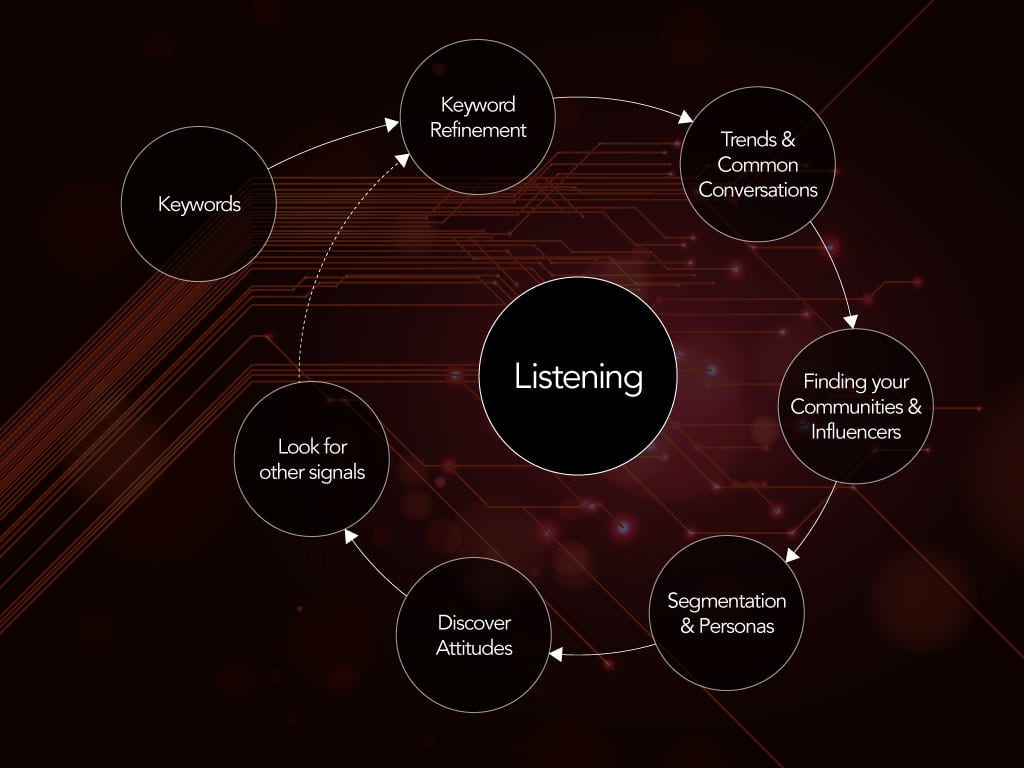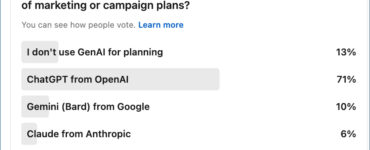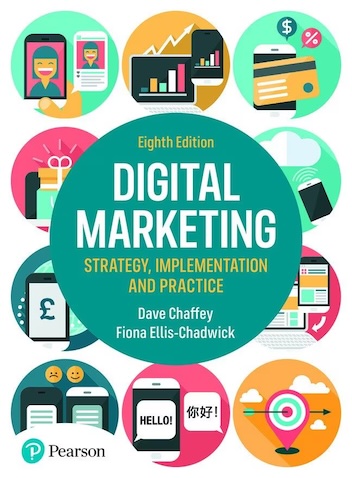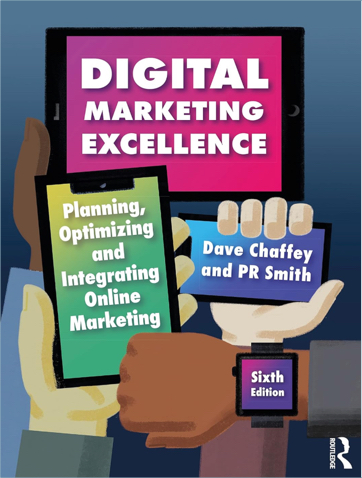Social listening or social media listening is a process aimed at reputation management and market research in which relevant content and conversations, identified from social media sites such as blogs, social networks, forums and blogs are then placed into context, to provide insight to inform customer engagement, collaboration and new product development.
Social listening is sometimes also known as social media monitoring or social media intelligence. Forrester define social intelligence in their report as
“the management and analysis of customer data from social sources, used to activate, recalibrate marketing and business programs.”
This doesn’t really explain what’s involved, so at a practical level, I’d explain it by saying it involves monitoring keywords mentioned across social networks and blogs to give companies :
- Alerts when brands are mentioned (Talkwalker and Mention provide free tools)
- Reports on number of brand mentions and conversation polarity
- Reports on competitor activity based on keywords added for competitor brands
- Reports on topics or themes, again based on keywords
Brand polarity or sentiment are reported by most social listening tools which report the number of mentions and whether they are positive or negative which are used for competitor analysis. Trends in how these brand mentions and sentiment vary through time can be used to assess the success of campaigns and new product launches.
G2 Crowd has reviews of Social listening tools here:
Social listening process
IDM trainer and social media listening expert Joe Edwards recommends this process of social media listening:

He suggests that you should be listening for these issues:
- Demographics (and firmographics): While you may feel you have a good understanding of who you are trying to reach, social media listening can uncover new segments to target and also help you understand the level of importance each segment should hold for the business. The people sharing will often be different to the ‘average profile’ of your audience.
- Where: Not just the social platforms that your audiences regularly use, but the blogs they read and the forums and groups they engage with. Where can also lead to the geography of your audience base, if you are looking at multi-lingual activity, where best to start.
- When: When is the best time to engage with your audience, when will you get better levels of awareness, engagement and response.
- Competition: Across some selected keywords measure the share of voice against key competitors to understand how effective your social activity has been. Also to understand their Tone of Voice (TOV), the content they produce and themes.
- What: What is already working with your target audience? What do they seem to be receptive to? What are they talking about?
- Attitudes: Include Triggers in the buying process, pain points the audience may have that you could solve, hot topics they are discussing which you could piggyback or have an opinion on and finally sentiment, how happy, upset or neutral commentary is. Joe believes that this is where you can begin to drive some of the biggest insights that will help inform a multitude of strategy, tactics and actions.
Social listening example
In addition to learning about the popularity and sentiments related to brands social listening can also give insights on behaviour. Brandwatch, a social monitoring tool gives the example of Ben and Jerry’s who looked at mentions around their products on sites like Twitter and Instagram and noticed there was an uptick during poor weather, particularly when it was rainy. By combining two data sources (weather and social), they found a useful insight; when rain forced people to stay in watching films, TV, or Netflix, they wanted ice cream to go with it. People shared posts like this:
This insight gave Ben and Jerry’s an opportunity to tailor their communications as they would look for rain in the forecasts, as well as sun, and adjust their social media updates accordingly.
They even went a step further and created a flavour just for this purpose: Netflix & Chill’d.






